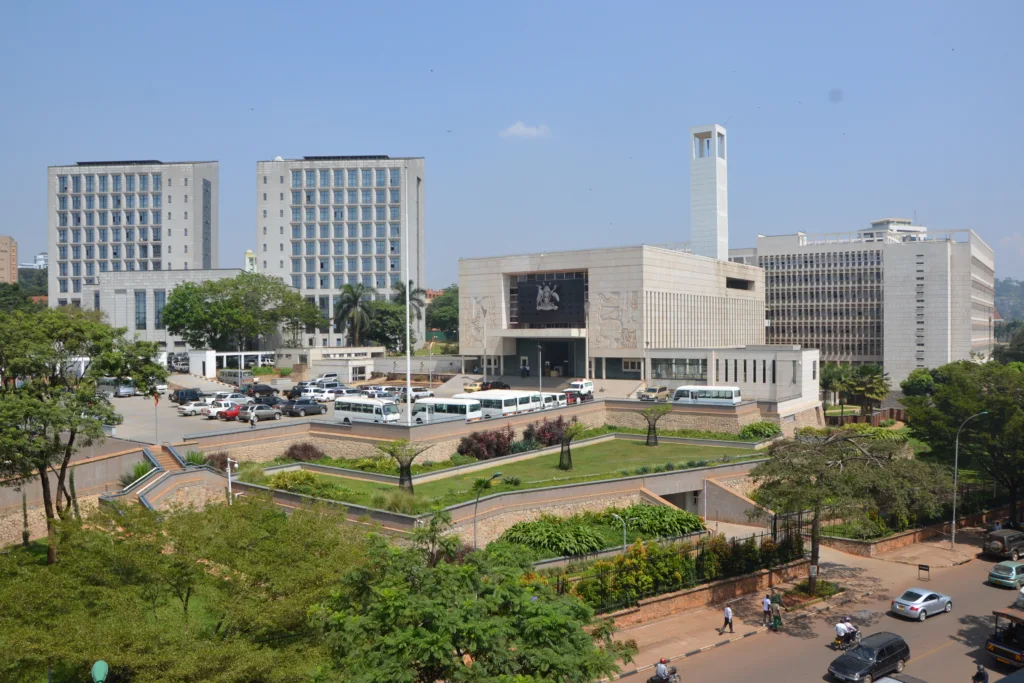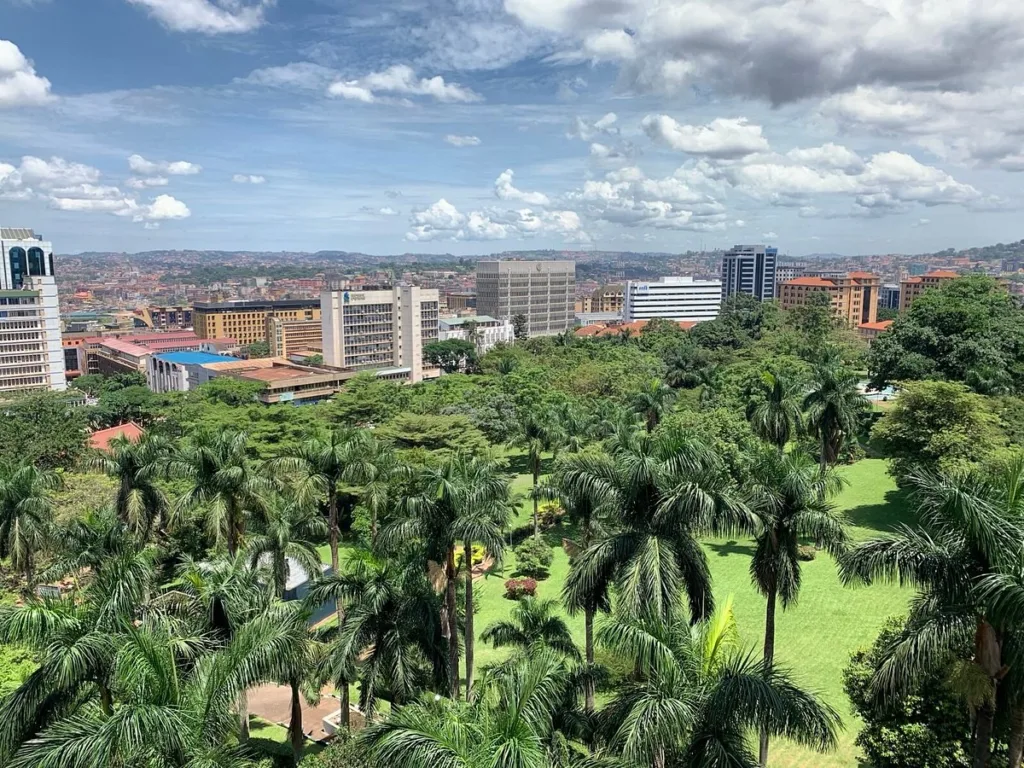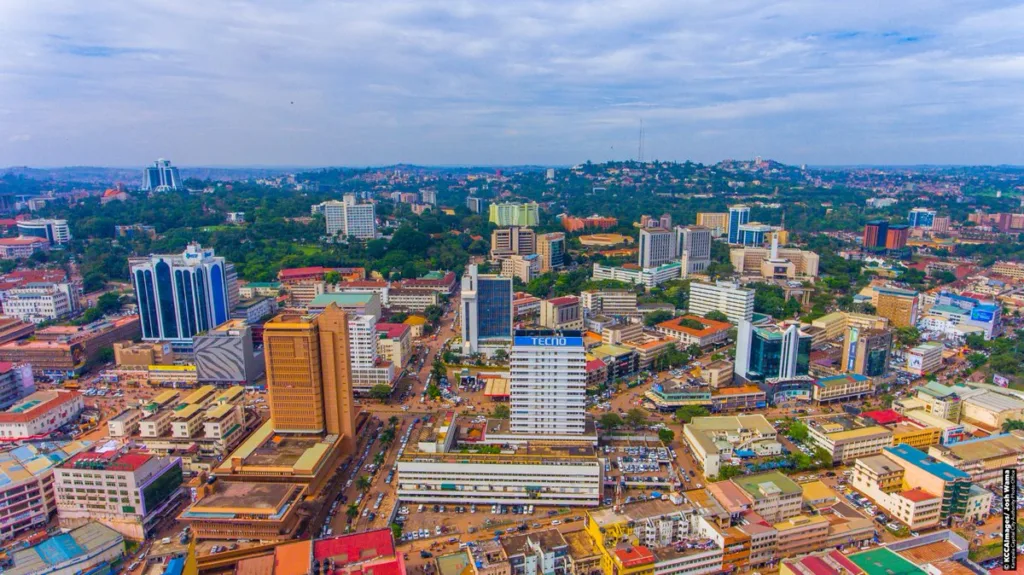You know what’s funny? After 20 years of helping people buy and sell property across East Africa, we’ve noticed something: the best opportunities often come disguised as problems. And right now, everyone’s talking about Nakasero’s “supply problem” like it’s bad news.
Trust us, it’s not.
Let us tell you what we’re seeing on the ground.
We were having coffee with a client last week who was frustrated because she couldn’t find anything decent in Nakasero within her budget. “Everything’s so expensive,” she complained. “There’s nothing available.”
We are no stranger to this outcry. It’s quite popular, actually. Most savvy investors understand why Nakasero is such a special place and understand why returns as high as 23% are such a rare find. But she didn’t know that she just wasn’t complaining; she was describing the exact reason why Nakasero is such a goldmine for investors.
Look at the data: Property prices in Uganda vary dramatically by location, with prices in Kampala’s premium neighborhoods like Kololo and Nakasero usually around $200,000–$400,000, and they’re growing at 5–10% annually. But more importantly, the average time to sell a residential property in Kampala has dropped to just 3.5 months in 2024. Research from The Africanvestor tells us so.
Think about that for a second. Here’s what most analysts miss: properties are selling faster than ever, prices are climbing steadily, and people are complaining they can’t find anything to buy.
That’s not a problem; that’s the definition of a seller’s market. A textbook supply-demand imbalance that is working in favor of anyone holding assets.

Nakasero is a special location.
Here’s the thing about Nakasero that most people miss: it’s not just another neighborhood.
Nakasero is a hill and neighborhood in the center of Kampala, the capital and largest city of Uganda. Nakasero is important to Uganda’s economy and politics, as it is home to Kampala’s central business district and several government offices, including the Ugandan Parliament Buildings.
Nakasero Hill, which stands at 4,134 feet above sea level, hosts the State House, the country’s top hotels, shopping centers, etc. It is the heart of the city.
You can’t manufacture more land at that elevation. You can’t relocate constitutional government functions. You can’t create another central business district just because you want more supply.
This is what we call “locational monopoly,” and it’s an investor’s best friend. When physical constraints limit supply permanently, and institutional demand remains constant, you’ve got the foundation for sustained price appreciation.

The numbers that make us excited (and should make you too)
Let us share some data that caught our attention recently. Monthly rental prices for two-bedroom units in prime locations rose by 4%, while three-bedroom units increased by 1%. Occupancy rates in prime areas rose by 6%. As you’ll see later on, studios and one-bedroom apartments are in higher demand.
Translation? People want to live there, they’re willing to pay more, and landlords are finding tenants quickly. That’s the sweet spot every landlord wants to hit. When tenants are willing to pay more and you’re spending less time with vacant units, your cash-on-cash returns improve from both sides.
And more importantly, land prices in central Kampala have shot up dramatically, especially in 2023 and 2024. When we started in this business in Kampala just over a year ago, a plot in Nakasero was expensive. Now? It’s almost prohibitively expensive for all but the most serious developers.
And that’s actually great news.
Why expensive land prices are your friend
We know this sounds counterintuitive, but stick with us. When land becomes expensive, it does something beautiful; it keeps out the people who would mess up your investment. This creates a development quality filter that protects your investment.
Remember those cheap apartment complexes that went up too fast, cut corners, and made entire neighborhoods look shabby? That can’t happen in Nakasero anymore. The land is too expensive for budget developers to make their math work. They’re priced out now. Only serious players with substantial capital can afford to develop in Nakasero.
And serious players build serious buildings that protect everyone else’s property values. It’s like having zoning restrictions without the bureaucracy, economic barriers that maintain development standards.
The competition is actually helping Nakasero.
Here’s something interesting: Kampala’s traditional CBD and premium suburbs are facing increased competition from emerging areas like Ntinda, Naalya, Lubowa, and Kira.
Our clients sometimes ask us, “Doesn’t this hurt Nakasero’s value?” They are concerned that it might dilute Nakasero’s value proposition.
Actually, it does the opposite. While this might seem like a threat, it’s actually validation of Nakasero’s premium positioning. When middle-tier buyers move to these other areas, it leaves Nakasero for the top tier. We’re seeing market segmentation in real time, and Nakasero is solidifying its position as the top-tier play.
The growth of property beyond the city’s original “seven hills” to encompass the broader areas of Wakiso, Mpigi, and Mukono creates an interesting dynamic. While development spreads outward, the original seven hills, with Nakasero at their heart, become increasingly valuable as authentic “old money” addresses.
This is classic filtering theory in action. Exactly how, when a luxury brand becomes more exclusive, the exclusivity itself becomes part of the value.

What we tell our clients.
Look, we get it. Nobody wants to overpay for real estate. But after 20 years in this market, here’s what we’ve learned: in markets like Nakasero, the biggest risk isn’t overpaying; it’s waiting too long.
We call it “the timing risk:” waiting for the perfect price in a supply-constrained market often means missing the opportunity entirely.
The Knight Frank report highlights that two-bedroom and three-bedroom condominiums are the most common units, preferred for their balance of space and convenience. But studio and one-bedroom units severely outperform them because of their higher demand. These units are particularly attractive to young professionals, expats, consultants, and diplomats who prioritize location and design over square footage.
And delving deeper, when you look at rent per square meter, smaller units often outperform larger ones, especially in premium zones. Add in lower vacancy periods and faster tenant turnover, and what you get is a powerful cash flow engine sitting in the middle of Kampala’s most sought-after neighborhoods.
If you’re a landlord, investor, or developer looking at Kampala’s market in 2025, don’t overlook the power of compact units in the right location. The data is clear: studios and one-beds in Nakasero are not just working, they’re outperforming.
Here’s the bottom line.
Property prices in Kampala are expected to rise in 2025, driven by high demand and limited supply. But Nakasero isn’t just riding the general market wave; it’s in a category of its own.
The supply constraints that frustrate buyers are exactly what make it attractive for investors. It’s basic economics: when you can’t make more of something, and people still want it, the price goes up.
Our advice? Don’t overthink it.
We’ve seen too many clients analyze themselves out of good opportunities. They want the perfect property, at the perfect price, in the perfect market conditions, with perfect timing.
Meanwhile, the smart money quietly buys in constrained markets like Nakasero and waits for everyone else to figure out what they missed. They let time and scarcity do the heavy lifting.
If you’re looking for explosive growth in an untested market, Nakasero might not be for you. But if you want steady, predictable appreciation with limited downside risk? This is about as close to a sure thing as you’ll find in East African real estate.
The supply problem isn’t a bug; it’s a feature. And if you understand that, you’re already ahead of most investors in the market.
And in a world where true scarcity is increasingly rare, Nakasero offers investors something invaluable: a market where the constraints are the opportunity.
So, where does Cadenza fit into all of this?
If you’ve been nodding along with everything we’ve shared about the Nakasero market, here’s where it becomes more than just theory.
Cadenza Residence is changing what it means to live in Nakasero. As Uganda’s tallest residential tower, Cadenza rises as a symbol of modern prestige in the heart of the capital. It’s a landmark, yes, but also a rare opportunity to own in a neighborhood where supply is tight, demand is surging, and value is accelerating.
With studio, one-bedroom, and two-bedroom apartments designed to match the exact buyer profiles dominating the Nakasero rental market – young professionals, expats, consultants, and diplomats – Cadenza is built for performance. Be it generating rental income, preserving long-term value, or owning a residence in Kampala’s most exclusive location, Cadenza checks every box.
The bottom line? Cadenza Residence is a position in the future of Nakasero.
If you’re serious about investing in Kampala, now is the time to act. Visit our showhouse on Plot 1 Katonga Road, talk to our property consultants, or schedule a private consultation today.
Secure your unit while the opportunity still exists. Because in Nakasero, the only thing scarcer than land is time.